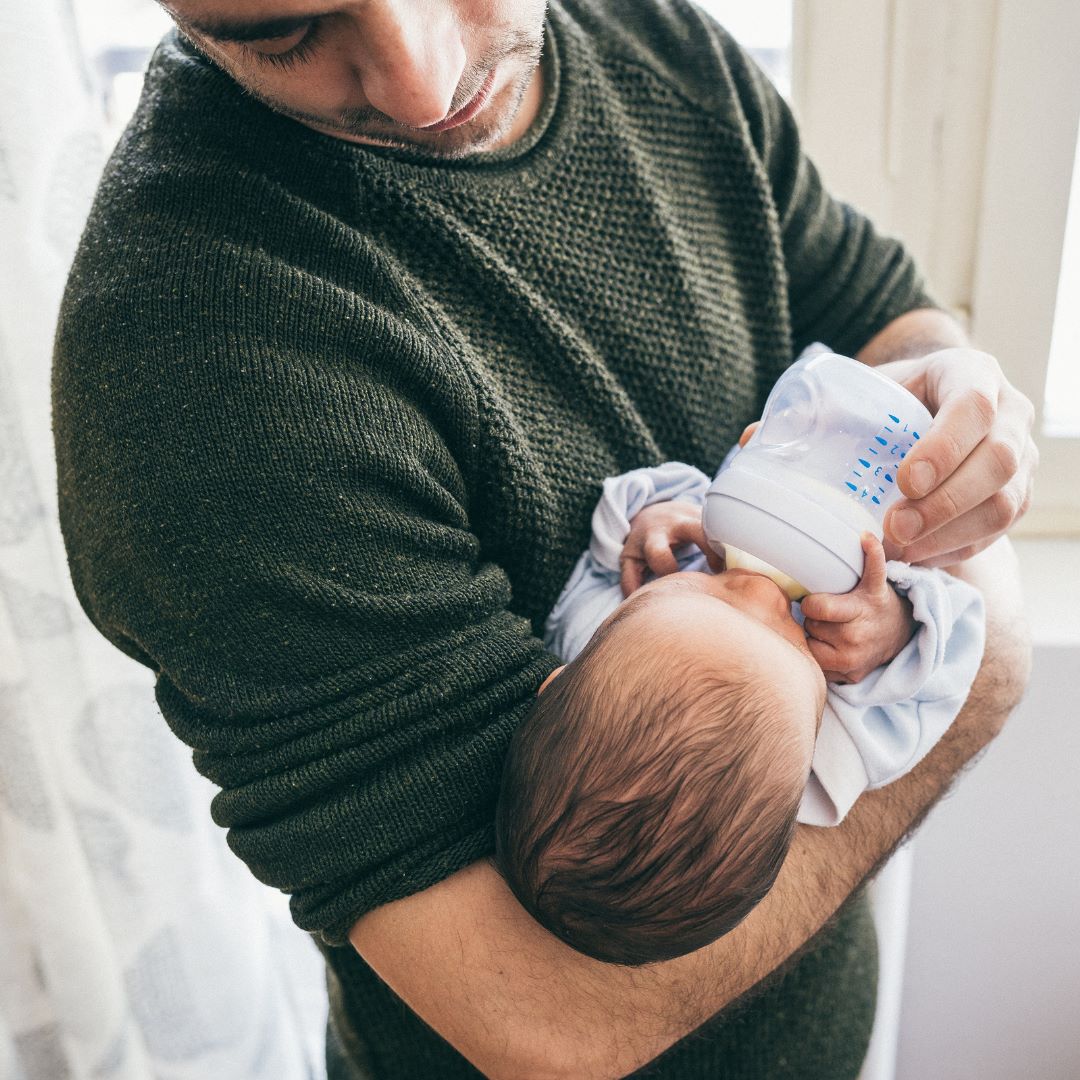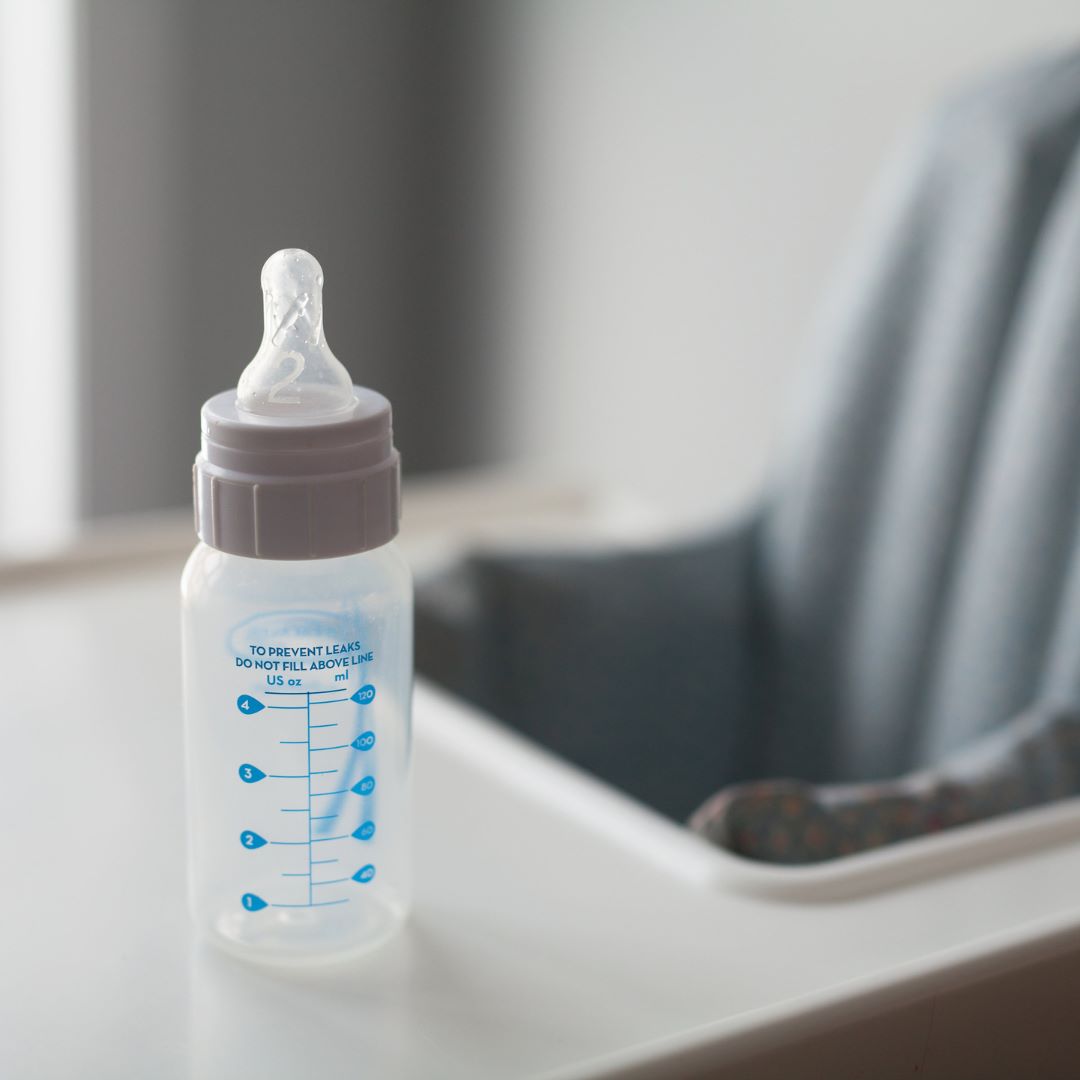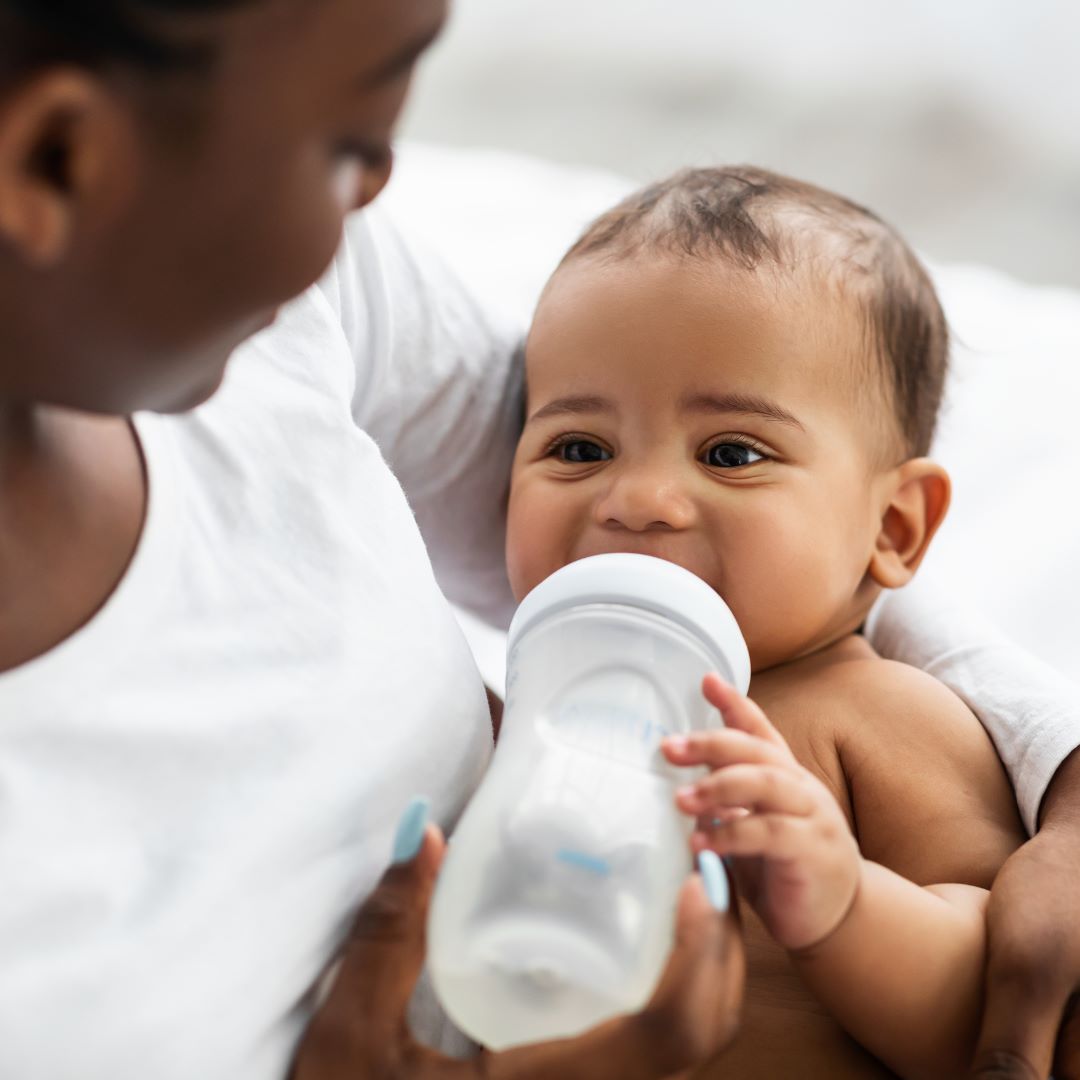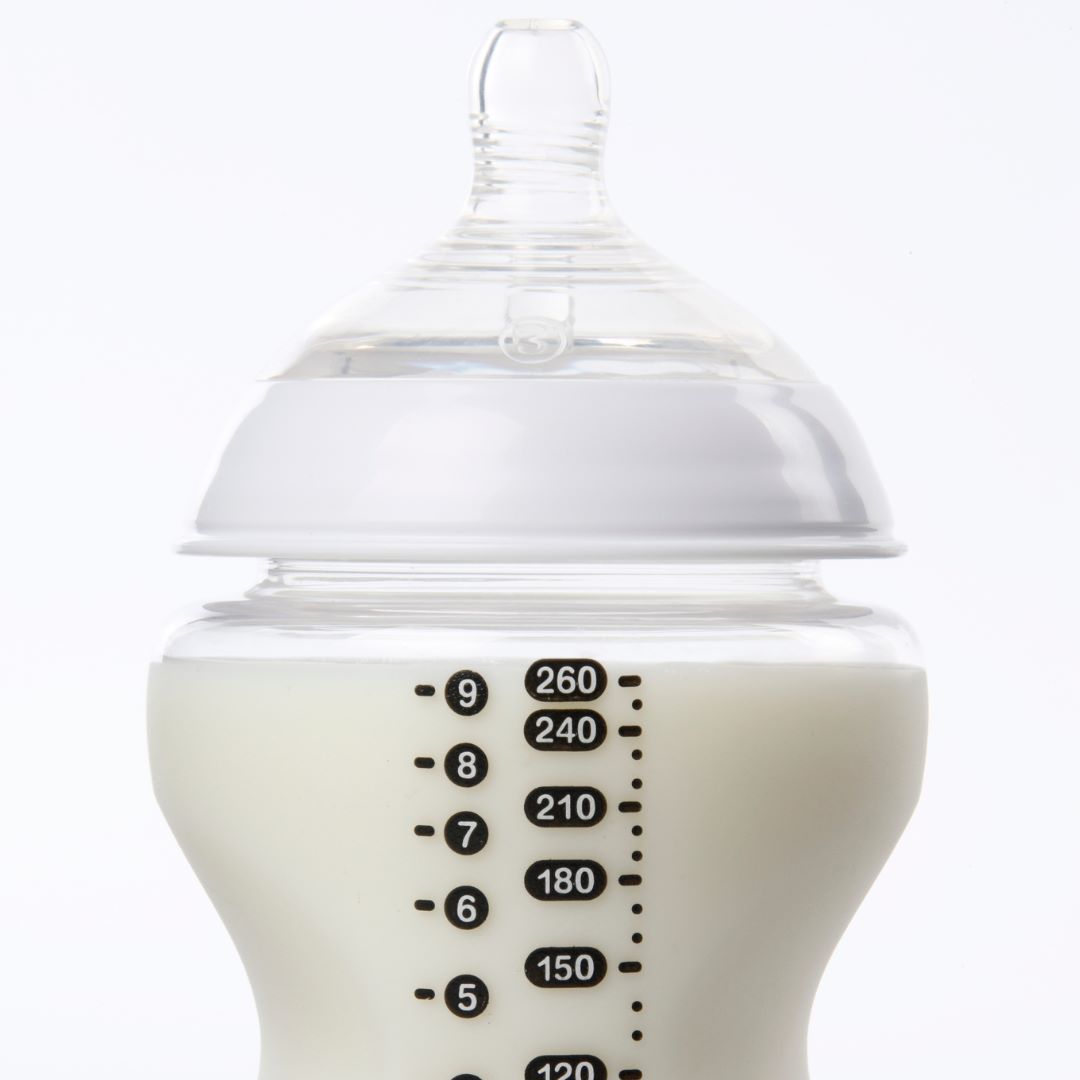Bottle feeding can be an important and necessary resource on your baby’s feeding journey. Picking the right bottle for your baby may not be as easy as you think. There are thousands of bottles on the market and picking the right bottle is vital for your baby’s growth and development.
There are certain considerations to look for when picking a bottle:
- Oral restrictions
- Low or high muscle tone
- Atypical anatomy structures, including cleft lip or palate


Babies may need to be introduced to a bottle if they are struggling to latch at the breast, require supplemental nutrition, or overall, there is a family preference. Bottle feeding may be a sound choice for parents who do need to return to work. Here are questions often asked about transitioning to bottle feeding from breastfeeding.
Timeline of bottle feeding
Introduce Bottle: 3-4 weeks postpartum
Introduce Open Cup or Straw: 5-6 months of age
Discontinue Bottle Feeding: 12 months & beyond


What type of nipple is best for my baby during bottle feeding?
What nipple flow is best for my baby?
Michigan Pediatric Therapy is here to help!
If you need guidance on transitioning your baby from breast to bottle or if your baby is having issues making the transition, don’t hesitate to reach out and schedule an evaluation.
Matheney, J (2024). Bottle Feeding Skills: Refining Clinical Reasoning for Selection and Use [Pre-Recorded Video, Power-Point Slides]. The Lactation OT.



